(This is a continuation of Failsafe for relay contact welding.)
I'm trying to wrap my head around something like a "crowbar" circuit, only, instead of tripping on over-voltage, it should trip when a signal is sent (i.e. when a certain wire goes from low to high). I'm interested in avoiding a TRIAC or such, both due to the added complexity of driving it via an opto-isolator, but also so I'm not introducing an additional current path under normal operation. (When an EMR is off, it's off; an EMR design will see zero current unless a fault occurs. A TRIAC would have to be interrupting mains almost continuously.)
In other words, I have something like this (incomplete):

simulate this circuit – Schematic created using CircuitLab
The problem is, this is intended for a device whose normal load is rated for 20A... but might be < 1A. In order to actually trip in a reasonable time, that means I need to dump at least 40A through the relay in order to ensure the fuse blows in a "reasonable" amount of time. (IIUC, even at 40A, it could take up to a minute.)
Of course, if I just dead-short this, I'll probably reduce the blow time significantly, but the instantaneous current through the relay (and also my mains wiring) will be... "a lot".
There are some reasonably-priced, high-amperage relays out there (e.g. T9VV1K15-12S is rated for 40A, G4A-1A-E is rated for up to 200A inrush). What I'm not sure about is how I would go about limiting the current through the relay... or even if I should. (Obviously, once the fuse goes, the relay won't see any current, though it will remain energized.) Also, if I could find a plug-in relay at a reasonable price (~$5 or less), I'd be okay considering the entire relay as expendable as long as it takes the fuse with it.
...And no, I can't simply slap in something else to interrupt mains. That would be missing the entire point, which is that if this circuit ever goes live, it's because the thing that was supposed to interrupt mains has failed to do so.
Without spending a fortune, how would I go about limiting the current so as to not a) destroy the relay, or b) start a fire? (Or should I not be trying to do so? Or is it better to use something other than an EMR, keeping in mind a) I still have the problems of not frying anything besides the fuse, and b) any leakage current is going straight from AC-L to AC-N for hours on end?)
